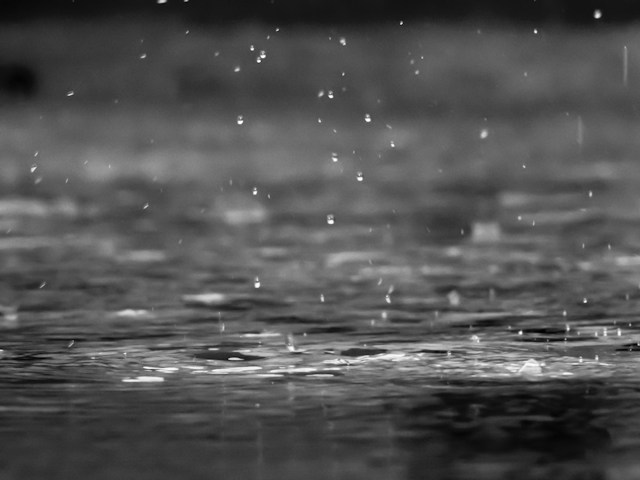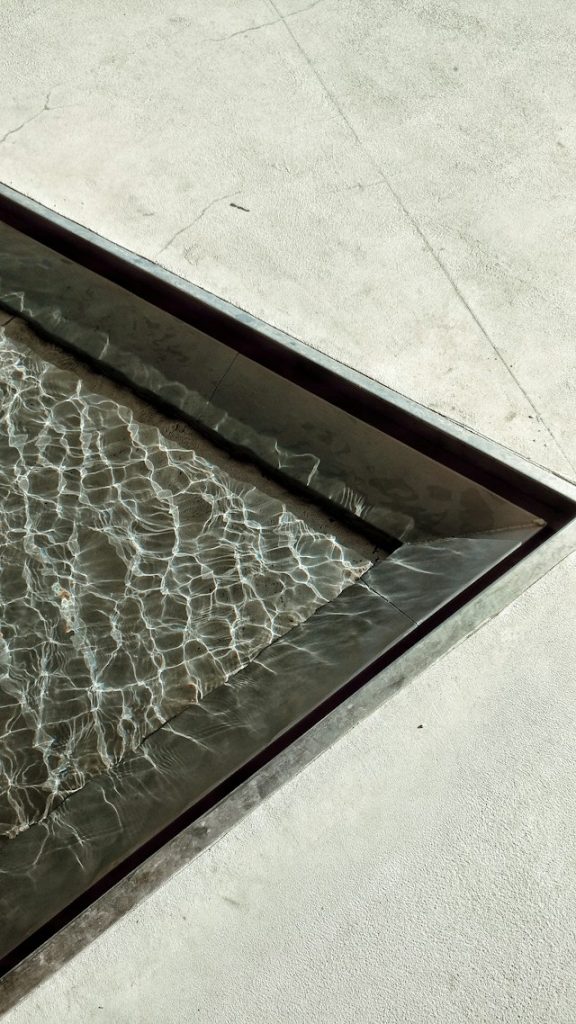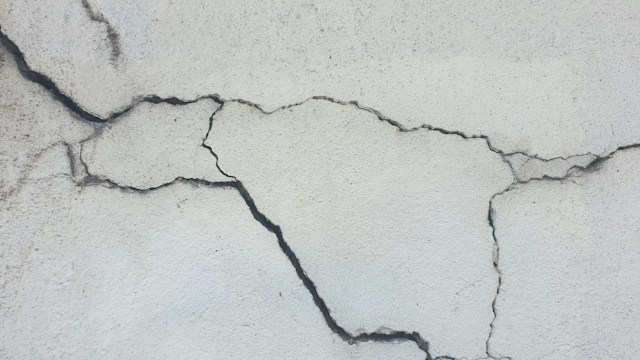Although concrete is a widely used construction material that represents high strength and durability, it cannot withstand the natural forces of nature. The integrity of concrete surfaces is greatly affected by weathering—a natural process triggered by climate factors like rainfall, temperature changes, and chemical exposure. In this article, we will describe the telltale signs of weathering found on concrete surfaces, and analyse influencing factors and preventative measures to reduce such damage and enhance the longevity of these structures.
Understanding Weathering on Concrete Surfaces
Temperature can also cause more weathering on surfaces of concrete structures that take place under the influence of a large variety of environmental conditions. Weathering effects on concrete surfaces are mostly done as relatively small changes, which may sometimes develop into bigger problems if left unattended. Some common characteristics attributed to weathering include the presence of cracks, spalling emergence, discoloration, and efflorescence.
The first forms of weathering seen in concrete are cracks on the surface resulting from concrete swelling and shrinking from temperature variations. Such cracks may ultimately develop a larger opening wherein the water can enter the concrete matrix causing much more intricate problems.
Another noticeable characteristic of weathering is spalling which refers to the process of chipping or flaking away of concrete surface areas. As a result of this, the corrosion within will take place in the embedded steel reinforcement by penetrative water with the concrete cover affected due to swollen steel.
Appearance is sometimes a harmless cosmetic concern; however, discoloration on body parts can also indicate an underlying serious medical condition. Therefore, in addition to altering the aesthetic look of stone materials or granite monuments and walls, UV radiation exposure can cause various types of changes thereby affecting their strength as well.
A white powdery appearance that is observed on the surface of concrete creates an undoubted signal of passing water through materials. This action forms the formation of soluble salts that are then deposited at the surface, following a process of crystallizing after evaporation. In this stage, it also leaves undesirable sediments as well.

Factors Contributing to Weathering
Thus, various mechanisms lead to the wear of concrete surfaces so it is necessary to determine their root causes to create effective countermeasures.
Environmental Exposure
Structures made of concrete exposed to harsh atmospheres like salt-laden coastal air or polluted environments are more susceptible to weathering. Deterioration can be expedited with chemical reactions between atmospheric pollutants and the concrete surface.
Freeze-Thaw Cycles
Those areas that have marked temperature differences, which result in freeze–thaw cycles are especially threatening to concrete. When water penetrates the concrete it contracts, forcing pressure inside the structure resulting in cracking and spalling.
Biological Growth
The presence of algae, moss, or fungi on concrete surfaces not only affects their cosmetic value but also contributes to their disintegration. The moisture-trapping, microclimate favoring weather and acids created by biological organisms work against concrete.
Solutions for Mitigating Weathering Impact
A multisided approach toward dealing with weathering effects on concrete surfaces is required, encompassing preventive measures and curative actions. So, these are some practical ways to address the weakening due to weather and help increase the lifetime of concrete structures.
Proper Mix Design and Surface Treatments
It is imperative to ensure that an appropriate concrete mix design with the right proportions of aggregate cement and water-cement ratios is adopted. An appropriate blend can provide a formulation for improved durability and resistance to environmental factors.
The application of surface treatments like sealers and coatings provides a protective safeguard against the ingress of water or exposure to chemicals. These treatments serve to diminish the permeability of concrete and increase its resistance against weathering.
Crack Repair and Maintenance
Early detection and prompt treatment of cracks are necessary to avoid further aggravation. Epoxy injections, polymer overlays, etc. can help restore the strength and stability of the concrete surface to stop further degradation processes due to weathering factors.
Waterproofing and Corrosion Protection
An effective waterproofing program, including the use of membranes or employing admixtures that are repellent to water, could eliminate the penetration into concrete. This is especially important in areas where heavy rainfall or exposure to moisture prevails.
The key to preventing spalling is the protection of embedded steel reinforcement from corrosion. Corrosion-inhibiting admixtures, epoxy-coated reinforcement, or cathodic protection systems have the potential to dramatically increase the life of concrete structures.
Regular Cleaning and Maintenance
Such maintenance as regular cleaning of concrete surfaces to remove dirt, pollutants, and biological growth is necessary for both the visual side and longevity. By avoiding the buildup of contaminants, the effect caused by weathering can be reduced in time.
Climate-Adaptive Design
In areas with severe climatic conditions, the use of design principles that are climate-adaptive has to do in order not only heat variations but also other factors linked to the environment. These considerations mainly include proper drainage, thermal insulation, and shading.
Weathering is an unavoidable process that affects concrete surfaces; however, by actively intervening in this action it can be greatly reduced. Learning about the indicators of weathering, determining its catalysts, and using appropriate remedies is crucial for maintaining structural integrity and aesthetic appeal in concrete structures. With a holistic approach of proper design, maintenance, and protection in place, we can make sure that concrete remains reliable and durable under varying environmental threats.


